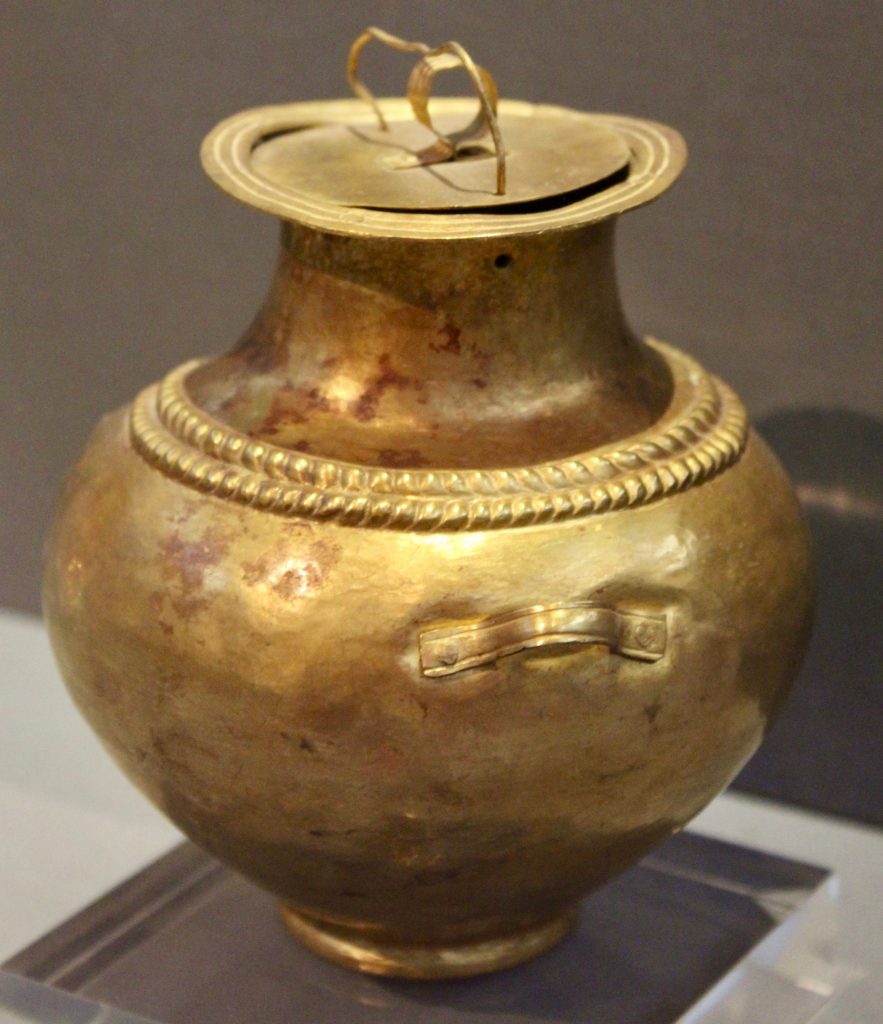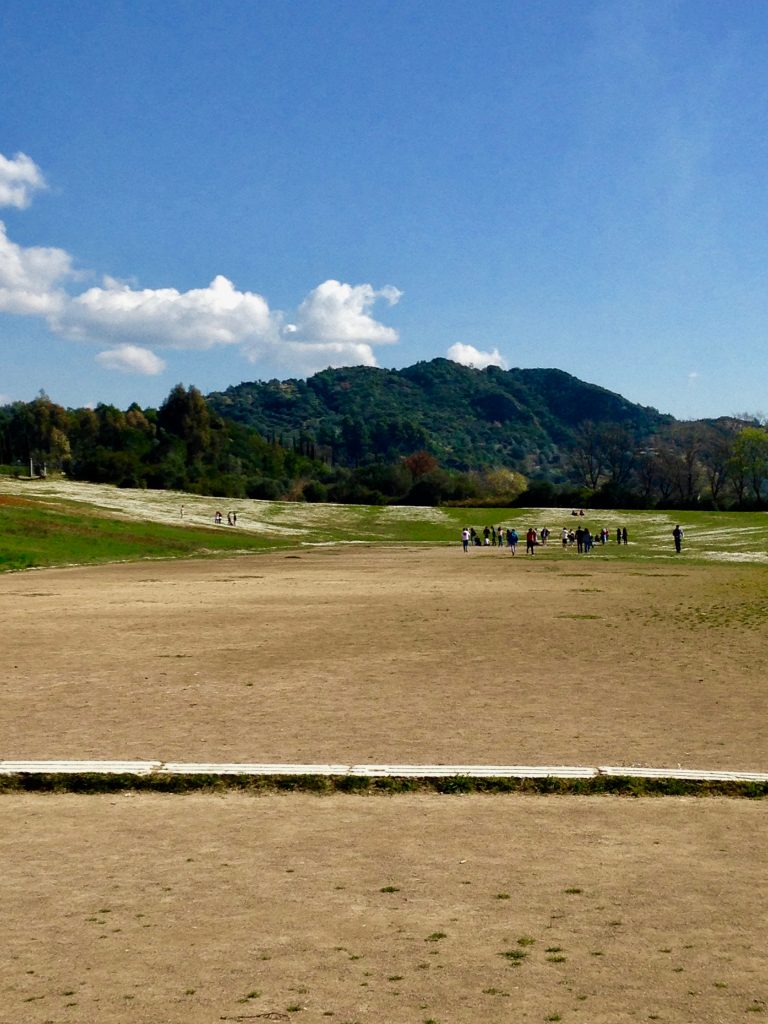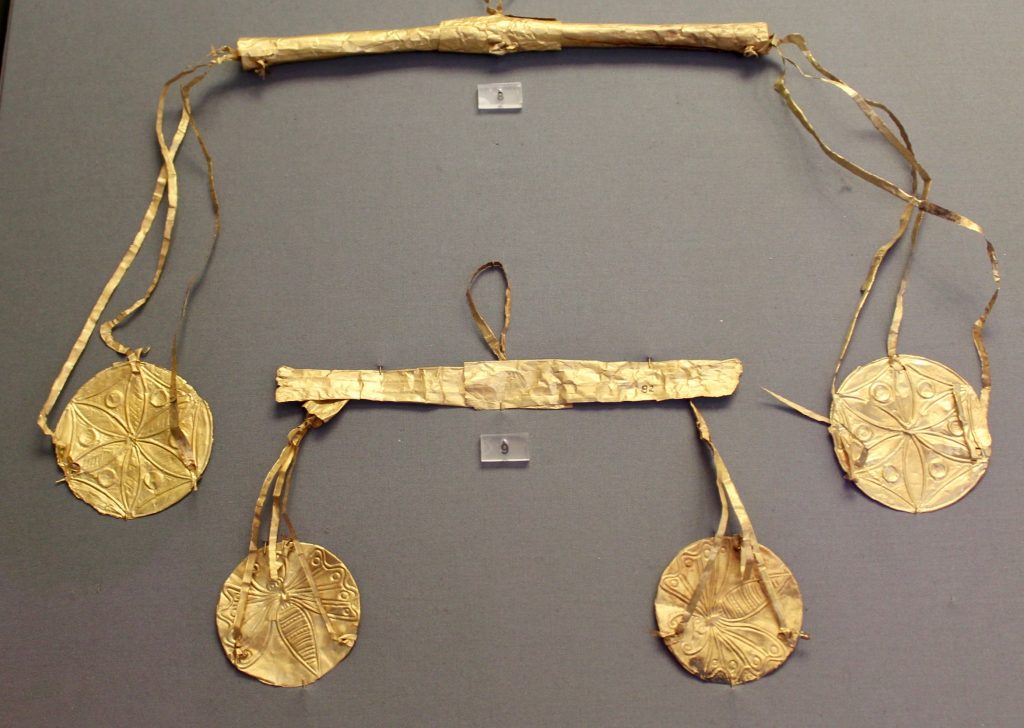The Ancient Greek Hero in 24 Hours[1] is based on a course that Professor Gregory Nagy has been teaching at Harvard University since the late 1970s.
The book discusses selected readings of texts, all translated from the original Greek into English. The texts include the Homeric Iliad and Odyssey; selected Homeric Hymns; the Hesiodic Theogony and Works and Days; selected songs of Sappho and Pindar; selections from the Histories of Herodotus; the Agamemnon, Libation Bearers, and Eumenides of Aeschylus; the Oedipus Tyrannus and Oedipus at Colonus of Sophocles; the Hippolytus and Bacchae of Euripides; and the Apology and Phaedo of Plato. Also included are selections from Pausanias and Philostratus. It is divided into 24 chapters, 24 Hours, each exploring one or several topics.
This series of galleries attempts to illustrate each Hour with visual art. We will have 6 galleries corresponding to 4 hours each. This second gallery covers Hours 5–9.
For Gallery 1 see here.
Image credits
Louis David, Les Amours de Paris et Hélène c1788, Louvre
Photo: Kosmos Society
Fragmentary Kylix illustrating a Youth tuning the Lyre, c480 BCE, Agora Museum, Athens
Photo: Kosmos Society
Muse Tuning two Lyres, c470–460 BCE, Louvre
Photo: Kosmos Society
Sculpture of Athena counseling Diomedes shortly before he enters the battle, sculpted by Albert Wolff, 1853. Schlossbrücke in central Berlin.
Tilman Harte (photo) Creative Commons CC BY 3.0, via Wikimedia Commons.
Head of Sappho Smyrna Marble copy of a prototype belonging to the Hellenistic Period. (Istanbul Archeological Museum,
Vasiliadis, Creative Commons BY-SA 2.5/ via Wikimedia Commons
Tithonos Painter: Antilokhos. Side A from an Attic red-figure neck-amphora, ca. 470 BCE
Jastrow (photo), public domain via Wikimedia Commons
The Death of Patroklos Illustration on page 265 of ‘The Iliad of Homer. Translated by Mr Pope. 1715
Creative Commons CC 1.0 public domain via Wikimedia Commons
Relief Fragment, Dedication for a victory of the tribe of the tribe Leontis in Anthippasaia, a cavalry contest at the Panathenaic Games, 4th century BCE, Agora Museum
Photo: Kosmos Society
Monument base for the Victory of Krates in the Apovatis race at the Panathenaic Games, 4th century BCE Agora Museum, Athens.
Photo: Kosmos Society
Base of a dedication. The Relief represents a scene from the Apobates Race. Late 4th–early 3rd century BCE, Acropolis Museum, Athens
Photo: Kosmos Society
Fragment of large krater. Style of ‘painter of the shield-bearers’ of Tiryns workshop of pictorial pottery. Late 13th–early 12th centuries BCE. National Archaeological Museum, Athens
Photo: Kosmos Society
Geometric vase, National Archaeological Museum, Athens
Photo: Kosmos Society
Closeup of funeral scene on Dipylon vase, National Archaeological Museum, Athens.
Photo: Kosmos Society
Panathenaic amphora with lid. 333–332 BCE, Attica, depicting three nude beardless athletes running
Creative Commons Attribution-NonCommercial-ShareAlike 4.0 International (CC BY-NC-SA 4.0) license © The Trustees of the British Museum
Gold Vase from Mycenaean Graves, c16th century BCE, National Archaeological Museum in Athens
Photo: Kosmos Society
The funeral of Patroklos Detail from 1884 Engraving of Achilles sacrificing a Trojan youth on Patroclus’ funeral pyre – as narrated by Homer in the Iliad 23.181-2. Greek Apulian Red-figure Volute Krater, attributed to the Painter of Darius, ca. 330 BCE. Naples Arch Museum . Colorized by Kathleen Vail user:AishaAbdel
Creative Commons CC0 1.0 public domain, via Wikimedia Commons
The Stadium, Olympia
Photo: Kosmos Society
Mycenaean Golden Scales with Butterflies, Mycenaean Graves. National Archaeological Museum, Athens
Photo: Kosmos Society
Closeup of Mycenaean GoldenButterflies, Mycenaean Graves, National Archaeological Museum, Athens
Photo: Kosmos Society
Note: Images have been selected from pictures that are freely available with open source or Creative Commons licenses, or (attributed to “Kosmos Society”) from photographs sent in by community members for the purpose, used with permission. The images in this post are intended to suggest the subject, rather than illustrate exactly—as such, they may be from other periods, subjects, or cultures. Attributions are based where possible by those shown by museums, or on Wikimedia Commons or Flickr, at the time of publication on this website.
Images accessed May 2019.
[1] Nagy, Gregory. 2013. The Ancient Greek Hero in 24 Hours. Harvard University Press, Cambridge, MA: 2013. Available online at CHS.
http://nrs.harvard.edu/urn-3:hul.ebook:CHS_NagyG.The_Ancient_Greek_Hero_in_24_Hours.2013
Hélène Emeriaud, Janet Ozsolak, and Sarah Scott are members of the Kosmos Society.


















